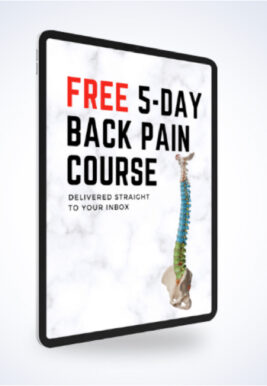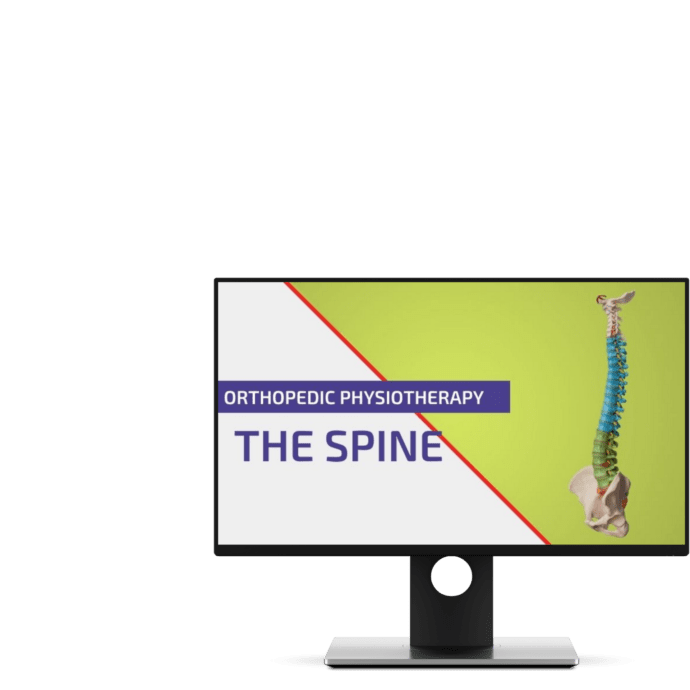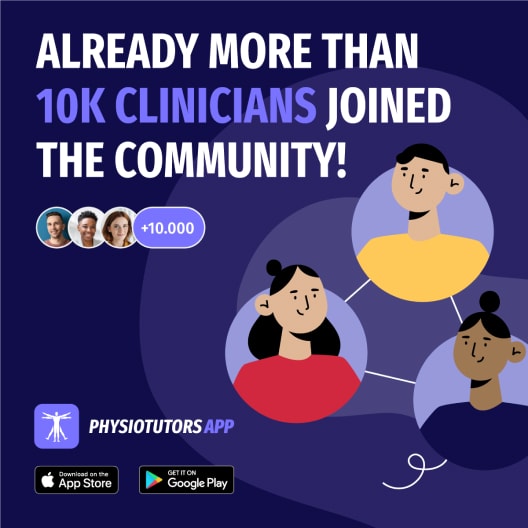Sacroiliac joint pain exercises | SIJ Pain Treatment | Low Back Pain

Sacroiliac joint pain exercises | SIJ Pain Treatment | Low Back Pain
SI joint pain refers to pain within 2cm of the posterior superior iliac spines and has a common well-described pain referral pattern into the buttock known as the Fortin area. A painful SI joint may have several causes. Specific diseases that affect the sacroiliac joint are for example sacroiliitis or Bechterew’s disease.
Otherwise, it’s a consequence of direct trauma such as missing a step or unexpectedly stepping into a hole in the ground or during pregnancy and postpartum due to increased elasticity of ligaments and loosening of the pelvis, which may lead to irritation.
But don’t mistake “irritation” with movement dysfunction as in hyper or hypomobility because we simply cannot define this even by highly sophisticated laboratory measurements as has been shown by Kibsgard et al in 2014. SI Joint movement is simply too minimal to be palpated or assessed using special tests. And even if we try to, the reliability of these tests is poor. However, we ARE able to test for nociception. Click the info icon in the top right corner to learn more.
But where does that leave us for treatment if we narrow it down to a painful SI joint during history taking and assessment? Let’s consider the fact that the SI joint is held together via form and force closure. Form: Via the configuration of the interfacing joint surfaces, the ridged articular surfaces, as well as the dense layer of ligaments surrounding it. And Force closure: via the rectus femoris, glutes, hamstrings, and iliopsoas. We should also mention that the Lats and erector spinae can exert force on the SI joint through the thoracolumbar fascia.
So for our intervention, we can load a sensitized SI joint if we target the aforementioned muscles in an effort to decrease nociception. Here are a couple of examples:
- Clamshell Side-Plank (Progression: Quadruped)
- Fire Hydrants
- Iliopsoas March
- Side planks (Progression: Straight Legs, further progression: Upper leg abduction)
- Single-Leg Deadlifts
- (Abdominal) Planks
- Bridging (Progression: Bridging with leg lifts)
- Abdominal curl
- Back Extensions
- Supermans
- Lat Pulldown
When selecting exercises don’t disregard what your patient tells you about when they experience problems. For example, standing up from a chair or walking may give you clues that extension is problematic and you could see if either loading into extension or rather flexion improves their symptoms.
MASSIVELY IMPROVE YOUR KNOWLEDGE ABOUT LOW BACK PAIN FOR FREE

References:
Vleeming A, Schuenke M. Form and force closure of the sacroiliac joints. PM&R. 2019 Aug;11:S24-31.
Follow a course
- Learn from wherever, whenever, and at your own pace
- Interactive online courses from an award-winning team
- CEU/CPD accreditation in the Netherlands, Belgium, US & UK
Master Treating Spinal Conditions in Just 40 Hours


What others say about the Online Course "Orthopedic Physiotherapy of the Spine"
- Verena Fric25/11/22Orthopedic Physiotherapy of the Spine GREAT COURSE ABOUT THE SPINE
great course, best overview about the different syndromes of the spine, very helpful and relevant for the work with patientsPeter Walsh01/09/22Orthopedic Physiotherapy of the Spine 5 starsChristoph21/12/21Orthopedic Physiotherapy of the Spine Really a well done course, using the modern ways of teaching. Compliments! Sometimes for me you entered too much into details instead of touching more important chapters of Spine treatment like techniques for the treatment of muscles and fascias - John09/10/21Orthopedic Physiotherapy of the Spine EXCELLENT COURSE HIGHLY RECOMMEND
As a newly graduated physiotherapist i highly recommend this course just to know you are on the right track with your patients. the information presented is very clear and easy to follow as well as the great physiotherapy style videos. It makes learning actually fun , thanks guys for all your hard work. Well deserved.Alexander Bender06/09/21Orthopedic Physiotherapy of the Spine During the corona crisis, I booked many online courses and webinars, but none were as entertaining and well thought out as PhysioTutors’ courses.
All units are well summarized, meaningfully broken down and easy to understand.
I am looking forward to the other courses.
Many greetings from Germany.GHADEER05/01/21Orthopedic Physiotherapy of the Spine VERY INFORMATIVE AND UPDATED
for anyone who is lost in handling spine cases, this course is very helpful. - MICHAEL PROESMANS20/12/20Orthopedic Physiotherapy of the Spine HIGHLY METHODICAL, WITH PLENTY OF SCIENTIFIC REFERENCE
Clear, structured and well researched course concerning most common pathologies of the spinal complex.
Plenty of informative modules, with detailed video-analysis.
If you’re looking for a course to study in your own time, with enough depth and scientific background, then you’ve found a very good one here.
Bang for buck, a great course.BENOIT08/05/20Orthopedic Physiotherapy of the Spine After finishing the Orthopedic course for Lower & Upper limbs, I was looking forward to begin this Spine specific course.
Really good overview about all spine pathologies from epidemiology to diagnosis & treatment which made me more confident to care for my future patients.
ANOTHER GREAT COURSE !
The courses are well detailed with lot of informations and videos.
For me these 2 courses are must to see to learn and update knowledge for most common pathologies in Physiotherapy.Nicolas Cardon27/04/20Orthopedic Physiotherapy of the Spine This is a very interesting course !
We can find many informations about the main pathologies and their differential diagnosis and about objective and subjective exam. Videos are clear and well designed.
It’s a very well course for these who wish complete their Orthopedic Manual Therapy curriculum.
A French Physio’






